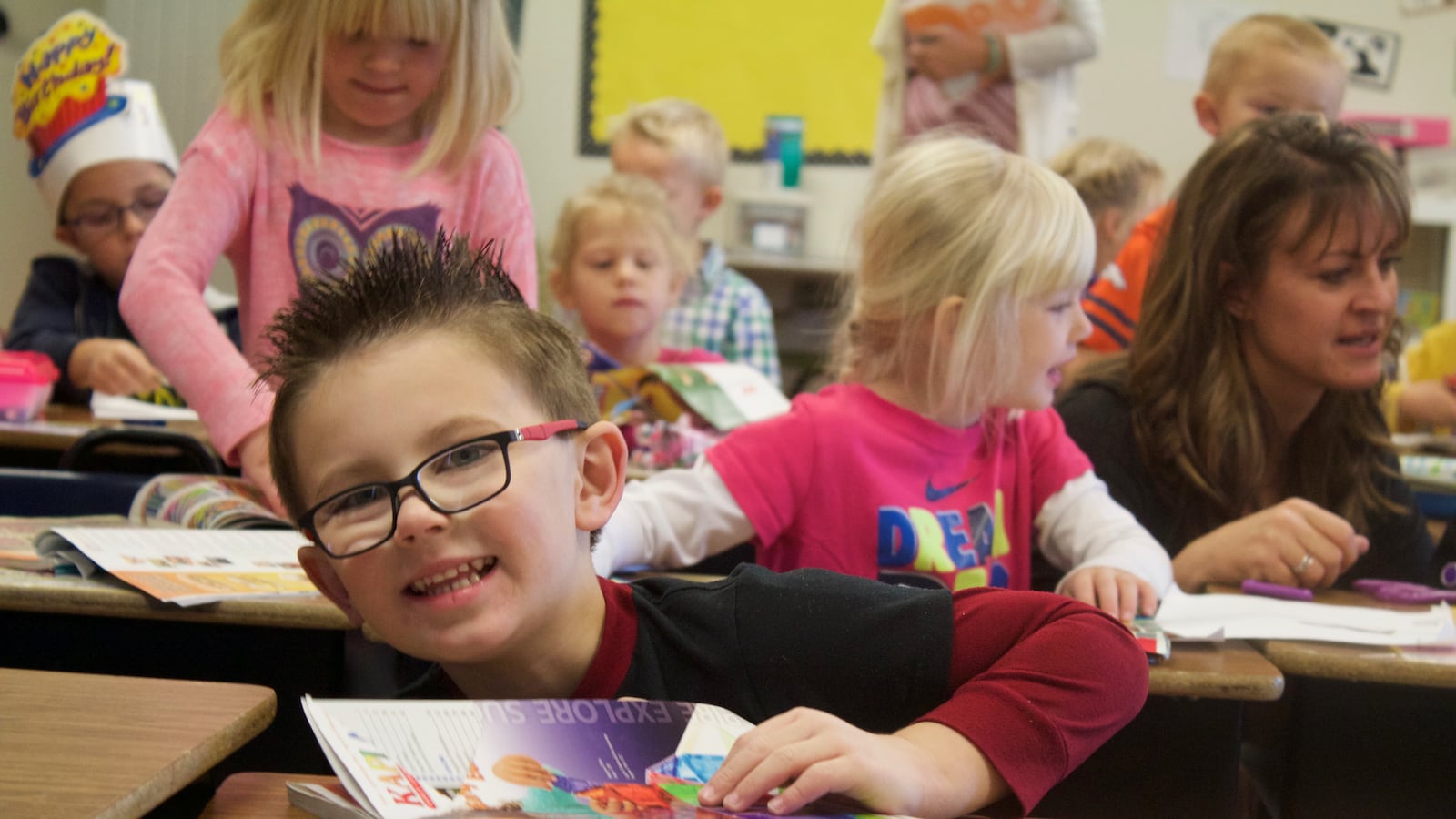Close observers of school funding in Colorado rode a roller coaster in 2017.
At the dawn of the year — and legislative session — school budget writers were preparing for the worst: By some estimates the state’s school funding shortfall could have surpassed $1 billion. Such a development would have forced school boards around the state to slash budgets.
A growing state economy was on a collision course with state constitutional amendments aimed at limiting property taxes and state spending, and no one could say for certain what the end result for schools would be.
In an effort to find a long-term budgetary solution, a high-profile pair of lawmakers, Democrat Millie Hamner and Republican Bob Rankin, began floating the idea of asking voters to reset a statewide personal property tax to better fund schools. Despite several behind-closed-doors meetings with fellow lawmakers, the proposal was drowned out by a conversation about a possible tax increase for roads. (Look for this proposal to get a second wind in the 2018 legislative session.)
While state budget writers were working overtime to keep any cuts away from schools, lawmakers were wrestling with another funding question: Should the state compel local school districts to equitably share locally approved tax increases with charter schools?
It wasn’t the first time lawmakers were debating the issue. A similar bill died just a year before. But with new support from the Democratic Speaker of the House, lawmakers reached a down-to-the-wire compromise that goes into full effect in 2020.
Another bipartisan compromise put to rest an even more hotly debated issue — and at the same time sent $30 million to rural schools. After years of debate, enough Republican lawmakers agreed to sign off on a deal that would allow the state to capture more tax revenue by changing the way it collects a hospital fee.
Ultimately, lawmakers were able to stave off deep cuts to education funding and sent about $242 more per student to schools statewide.
There were two other notable moves on the school funding front in 2017 that are sure to play out in 2018 and beyond. First, lawmakers created an interim legislative committee to study how the state funds its schools and recommend changes.
Second, lawmakers made the old new again when they formally changed the name of the state’s education funding shortfall from the “negative factor” back to the “budget stabilization factor.”
You can call it the “B.S. factor” for short.

